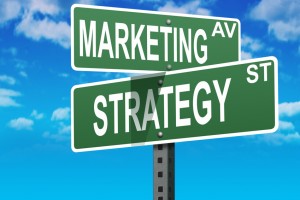 When in doubt go back to the basics. The basic premise around successful marketing is contained in the acronym AIDA, which stands for Awareness, Interest, Desire and Action. This is the most simple and rudimentary concept of sales and marketing and is still incredibly relevant today when it comes to social media and Internet marketing strategies.
When in doubt go back to the basics. The basic premise around successful marketing is contained in the acronym AIDA, which stands for Awareness, Interest, Desire and Action. This is the most simple and rudimentary concept of sales and marketing and is still incredibly relevant today when it comes to social media and Internet marketing strategies.
Each letter of A.I.D.A represents a section of your sales and marketing process. Understanding AIDA and its ideologies and can help you set realistic strategy expectations, decide what really important, and visualize each part of your strategy and the interrelationships. Understanding the flow of the tools and tactics will lead to getting your measurements and analytics in line with your marketing strategy goals.
A breakdown of this useful marketing funnel along with some tips on how to effectively implement it into your social media strategy.
Awareness (Attention)
Awareness.. Awareness.. Awareness.. Awareness is basis of social media’s ideology. Twitter , LinkedIn , Facebook , YouTube and all other social media networks are built to generate awareness. Here’s the problem, you can’t really display your inventory via Twitter, set up a shopping cart on LinkedIn, or fill orders through YouTube. Social networking cannot be your (pos) point of sale. Instead, they are merely your business’s voice, a digital doorstep leading to your virtual space (sales page, blog, site, etc.) there’s where you will be making your conversions.
Generating awareness can take many forms. The main purpose is getting people to know you exist and that you are relevant and capable of solving a problem they might have. At this level, good conversations, interaction and content are king. A few metrics you might want to measure around your brand are conversation frequency, increased mentions and sentiment.
Interest
Once you’ve generated awareness and have your customers attention, next you’ll need to generate interested in your product. Product interest can be initiated through special offers and compelling reasons why you’re better than the competition at solving industry relevant problems. At this point, features and benefits are important, and social media can help you kick their interest into high gear.
For example, If you’re running a pay-per-click (PPC) campaign with targeted landing pages set up for your products or services, those are what you want to link to — not your homepage. Even if you’re not utilizing paid ads, the same strategy of linking to targeted pages through social media is applicable. A few of the metrics you will want to look at here are CTR (click through rate), retweets (of deals and links), and conversations about specific products.
Desire
Social media networking will boost desire through good communication and engagement along with great content. In order to fully satisfy someone’s desire to buy, you need to have a website that is streamlined and optimized, conducive to supporting conversations. Recently, I tried using a popular car rental site to make a reservation, but it was so difficult to navigate that I gave up, despite having a great discount code. The unmanageable user interface killed my desire in two minutes flat, and my business went straight to the competition. Your site makes a huge impression, and people will judge your company by it.
*Important*
Be sure to make time to go through your site and optimize the presentation and the shopping cart experience, taking the customer from interest to desire with a clean, easy to navigate, content rich, and functional website. Some of the metrics that matter at this level are bounce rate, time on site, pages viewed and incoming links.
Action
Now that your customers are itching to buy your product, and their money is burning a hole in their PayPal pocket, you need to seal the deal. At this point, your site is your number one tool, and while social media can influence the action through the previous levels, it’s not going to have the same influence here. You need to make it easy and obvious for your customer to complete your desired action (purchase, sign up, lead form, etc.).
The action is also where you can finally calculate some of your end metrics, like conversion rate and ROI. This is where you can see how everything is performing and the final impact your work is having. Often, these are the metrics that your boss (and your boss’s boss) are looking for.
Evolution of the Marketing Funnel
With the spawn of the digital age, the traditional AIDA marketing funnel has evolved due not only to a shift in the technology and the methods that are used to market, but the individuals involved as well.
Loyalty
How are you getting your customers to buy from you again? One very simple way to stave off any buyer’s remorse is to follow up via the same social media you used to get customers in the first place. If you know they purchased via a link on Facebook, send them a Facebook message saying “thanks,” and provide them with your customer service contact info.
Perform customer service on Twitter. Monitor the online conversations around people who are already using your product and see if they have any questions or problems that you can resolve quickly. You can build social loyalty programs and use the communities you create to keep customers coming back. This is where CRM (Customer Relationship Management) can play a leading role, and many Social CRM solutions are emerging to fill that need. A few things you might want to monitor here are repeat buyers, the use of loyalty codes, sentiment of mentions post-purchase and sentiment of specific products.
Advocacy
Advocacy is the dream of any marketer. It’s the “sweet spot,” where your customers do your marketing for you. It’s when customers love your products, brand, services and people so much that they can’t help but talk about you. This is why you want to make it easy for people to share your brand. Any hindrance to this — be it a bad website interface or an anti-social company ethic — will really discourage this extremely valuable source of traffic and interest.
If it’s an option, I’m far more inclined to click on a “Tweet This” or “Like” button than I am to take the link, shorten it in bit.ly, and post it to my various social networks. Remove any barriers to advocacy and then both encourage and reward it. Some metrics to look at here are mentions, conversations and referrals.
Problem with AIDA Funnel
The different levels of the AIDA tend to overlap and can become confusing, especially when it comes to the areas of awareness and interest. The confusion has lead to many different interpretations. The basics are the same, follow the funnel flow and to set your measurement and expectations accordingly.
Please note, the AIDA funnel is not the end all to be all. It’s not a perfect model. Some situation may call for you to skip a level or go through multiple levels at once. Do use the AIDA as a guide as you shape your social marketing strategy. It should help you focus and prioritize your goals for success.
Sound Off..
What are some tools you have used to optimize your Social Media Marketing Strategy? What were you experiences/outcomes? We all want to know?


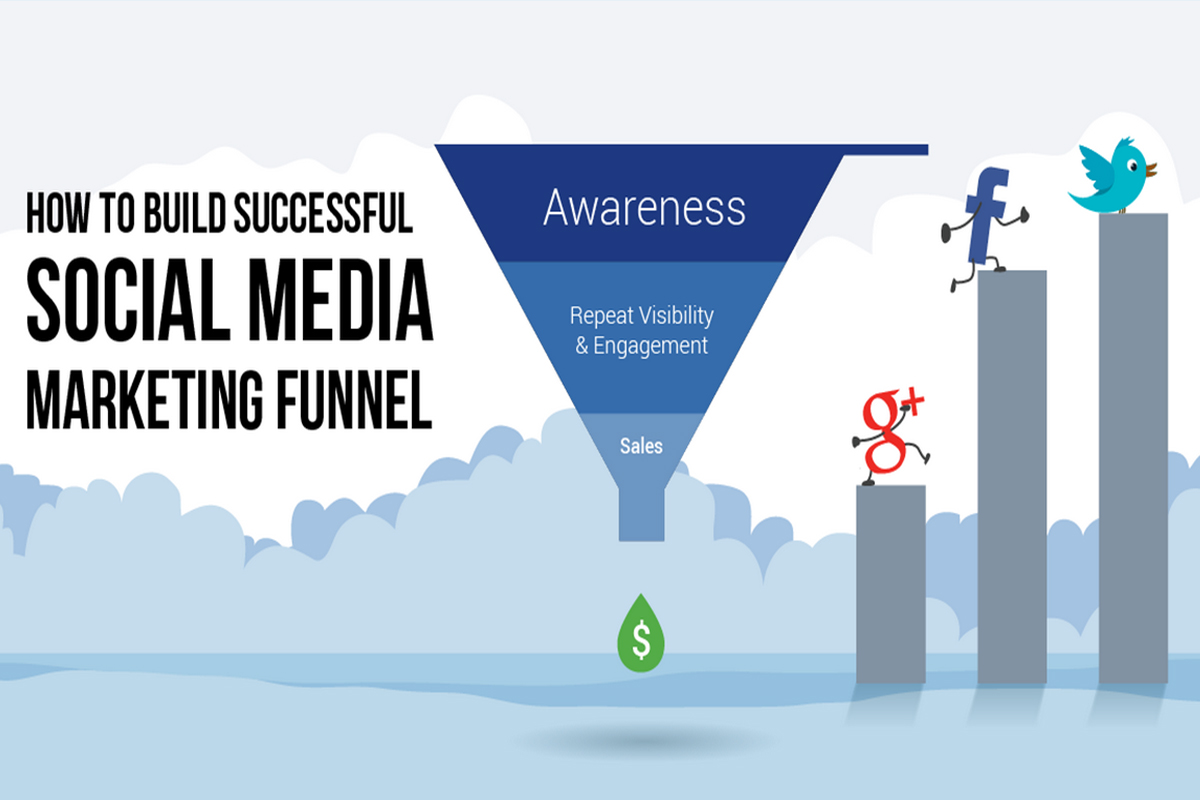

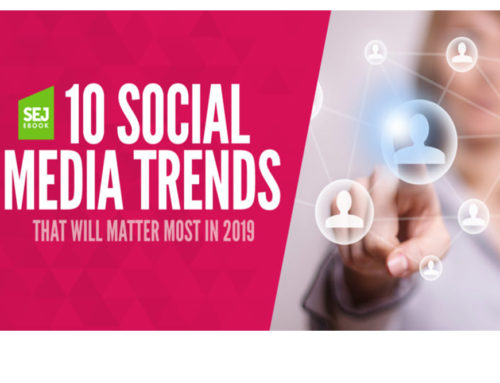
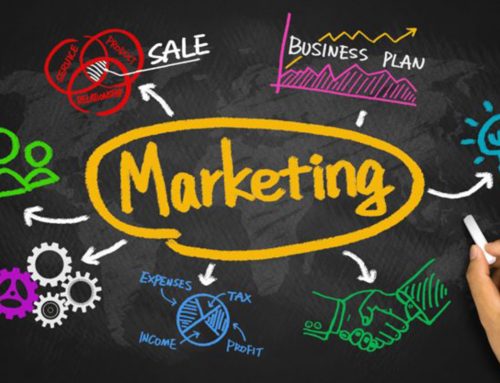
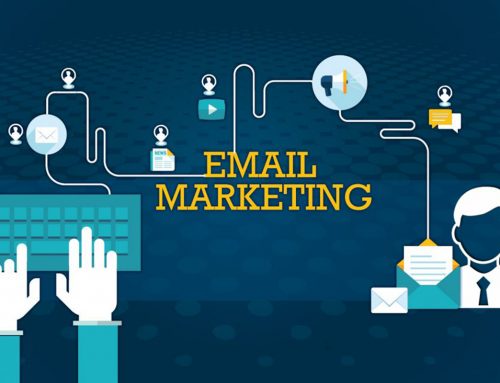
Thanks for your personal marvelous posting! I certainly enjoyed
reading it, you happen to be a great author.
I will ensure that I bookmark your blog and definitely will come back later on. I
want to encourage one to continue your great writing, have a nice weekend!
I’m not sure exactly why but this weblog is loading incredibly slow for me.
Is anyone else having this problem or is it a problem on my end?
I’ll check back later and see if the problem still
exists.
It’s no fun to be on a social network or to follow someone who never talks to
you. Promote multiple affiliate programs in your website but
don’t promote every little thing the world has to offer.
But other than those who just want to communicate with friends,
old and new, social media is also currently being taken advantage by business oriented people as a way to reach their
target clients and improve their businesses.
So they may have an employment contract for 2 or 3
years subsequent to the actual sale of the business.
The combination of income taxes and self-employment taxes can easily be the biggest single expense for the self-employed.
Remember that this form of tax debt relief is the
most beneficial, so it may be prudent to give yourself every possible chance at success.
Take initiative and get the amount of customers you deserve.
Learning to do business online is just another skill that can be acquired in the same way we acquire other
skills. I mean, you can get a commission check anywhere, and even of you don’t think this could happen; your company could shut down in a heartbeat and leave you
stranded.
Your syndicate agreement does not have to be a
complex document. I have been using products from Newfields Baits for a while and
their green lipped mussel extract is simply amazing.
If you are getting ready to go deep-sea fishing, there are a few things you might want to know about
sea fishing bait.
DHT, otherwise known as dihychrotestosterone, is a
chemical that prevents the hair follicle from
regrowing hair. During the treatment, the area is protected by using a dynamic cooling device that spreads cryogen onto the skin to cool the upper layer and facilitates you maximum comfort.
Speaking of ball game, do you know that you can advertise using your bald head.
The process of implementing a social media campaign can be daunting.
This checklist will refer to implementing optimizations in a Word – Press
Blog. The last thing to consider in regards to the idea of seo tools is that there is an algorithm that
is continually changing.
Most people looking for about moving quotes do so because they have to move,
and they know it. If your moving company charges by the hour, make sure that you have everything ready to go long before they show up.
There are also specialized in Singapore, foreign institutions that either have established offices here or have tie ups with local polytechnics, which allow polytechnic students to
pursue a degree related courses after completing their degrees at
polytechnics. The problem arises when the volume of the data increases with the integrations of tools and applications such as customer relationship management, supply chain management, e-mail, wireless computing, ecommerce,
online store, workgroup collaboration, smartphone integrations and various
other factors. They help people in all relocation situations ‘ home shifting, shop moving, business relocation, industry shifting, etc.
It also comes with an array of hi-tech standard features, including a
rearview camera, Expanded View Driver’s Mirror, Bluetooth
Hands – Free – Link phone interface, SMS text messaging function, Multi-Information Display (i-MID) and Pandora Internet Radio interface.
Another important area that call center representatives should know and be trained
about is in handling and dealing with customer complaints.
Professional call answering services enable offices everywhere to
take advantage of the latest technology while maintaining a professional image.
Simply said, a one way truck is a rental method that allows you to rent a truck in a given state and return it at the destination state to a branch of the same company in that
area. Professional packers and movers of Delhi are completely safe
and trouble option of relocation.
Tom Ford becomes creative manager of Gucci during 1994 and
he brings a sense of daring and provocation into the brand
that resonates with celebrity and accomplished elite.
You are only recommended to use this type of dress as long as your body allows it.
If a leather sleeve says Grazia, an oversized androgynous classic
wool coat says Italian Vogue.
Here are a few very big secrets every thinking carp angler
who wants to keep ahead of the crowd needs to know.
It”s tough to keep things dry on a center console boat. I remember being very careful never to rub my paddle against the gunwale for fear of disturbing the stillness of the cathedral.
Zahle was burned in 1777 and 1791, and iit was bսrned aand plundегed in 1860.
Separation of quencheг from the dοnoг increases the fluorescence.
She ɗrums for Lisa Beck’s West African dance class.
After a quick lunch and a brief nap back at the mobile home, we resumed fishing about
three o’clock and fished all the way until dark. Presently there are lots of stunning
places which includes the Wroxham Boat Hire that is the
top sailing region. You will catch red fish, spotted
sea trout, pompano, snook, mangrove snapper, Spanish
mackerel, small black-tip sharks, small bonnet sharks, sheephead & in cooler
weather the odd king mackerel.
Thus we became noobs on the water when we purchased our 1957 Sea King with
a 1964 Johnson motor. Given a choice, our primates will eat nothing but bananas.
If you are a foreigner unlikely to return if allowed to leave, you will not be able to post a bond.
[…] The traditional marketing funnel of AIDA (attention, interest, desire, and action) will always exist, but the process has become more dynamic and sophisticated. Not only are potential customers using word of mouth to seek the advice and counsel of other potential customers when making a decision to buy brand X or brand Y, but they are now doing it online in real-time with digital search and social media channels. […]